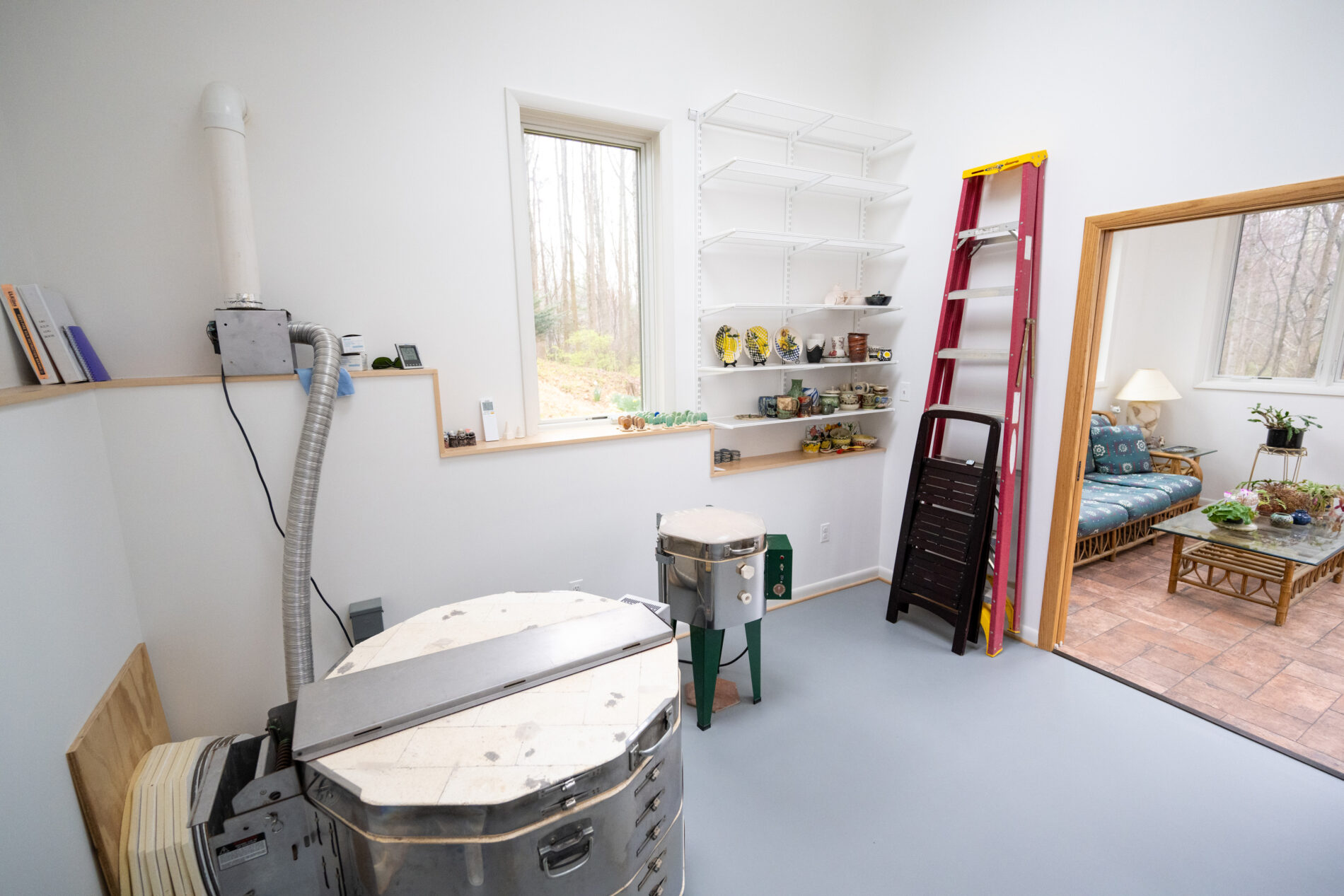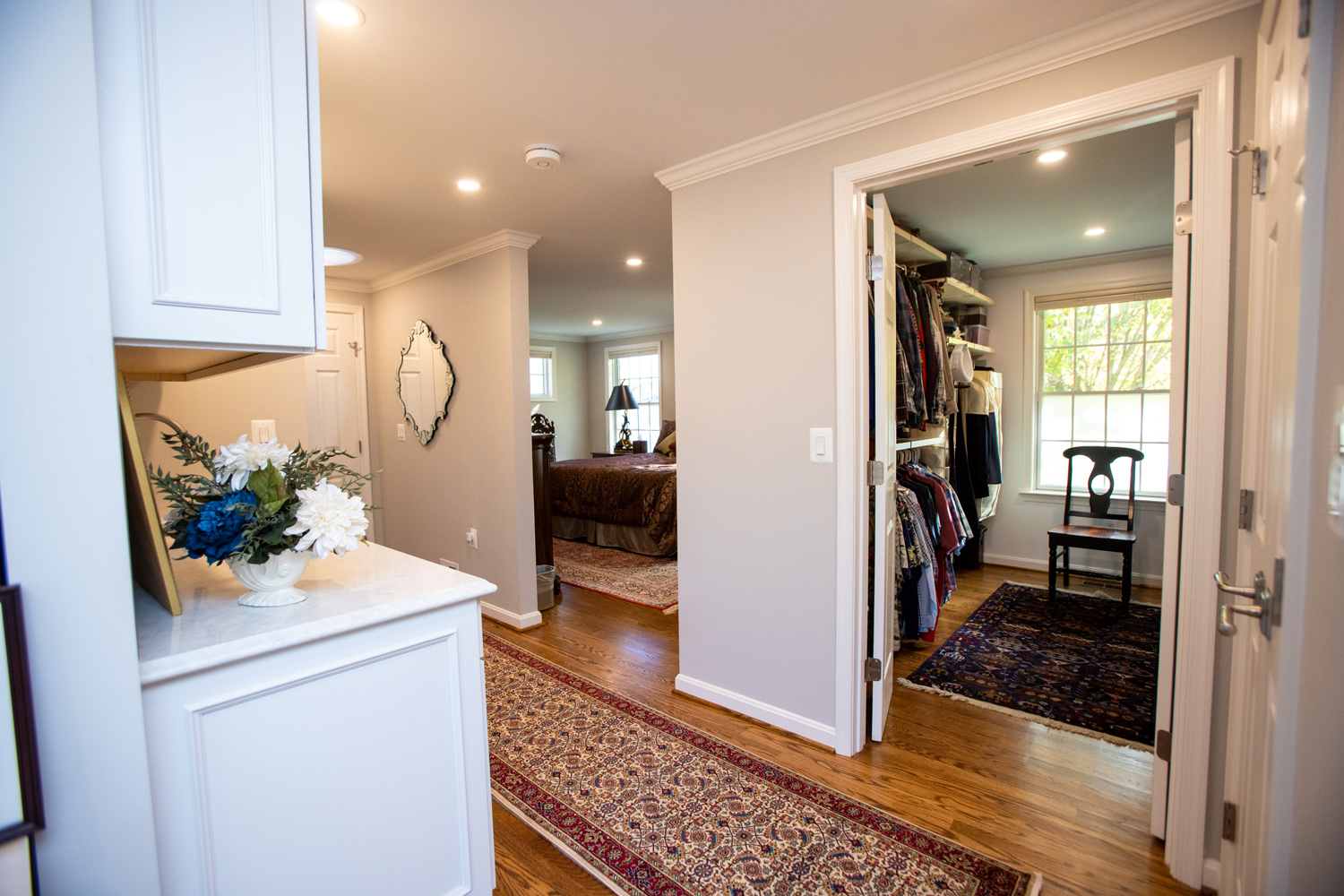A Note from Bob:
At Northwood Construction, we’ve worked with homeowners across Northern Virginia on a variety of home additions, and we know that financing a project is an important consideration. The information in this article is based on what we’ve seen over the years, and our goal is to provide helpful insights so you can explore your options. However, this is not financial advice. Every homeowner’s financial situation is unique, and we always recommend working with a trusted financial advisor or lender to determine the best financing solution for your needs.
If you’re thinking about a home addition, we’d love to help you navigate the remodeling process—feel free to reach out to us anytime! – Bob & The Northwood Construction Team
Expanding your home is an exciting investment, whether you need more living space, a dedicated home office, or a multigenerational suite. A well-designed addition enhances functionality, improves comfort, and increases your home’s long-term value. But before you start planning your dream space, it’s essential to consider how you’ll finance the project.
At Northwood Construction, we understand budgeting for a home addition can feel overwhelming. That’s why we’re here to guide you through the financing options available so you can make an informed decision that fits your situation.
Understanding Your Financing Options
The best way to finance a home addition depends on your available home equity, credit history, and long-term financial goals. Below is a comparison of the most common financing methods to help you determine the best for your situation.
Home Addition Financing Comparison Chart
| Financing Option | Best For | Interest Rates | Repayment Terms | Considerations |
| HELOC (Home Equity Line of Credit) | Homeowners with equity who want flexibility | Variable | Draw period + repayment | Monthly payments can fluctuate |
| Home Equity Loan | Homeowners with significant equity who want predictable payments | Fixed | 10-30 years | Requires using your home as collateral |
| Cash-Out Refinance | Homeowners who want to refinance their existing mortgage and use equity to remodel | Typically lower than HELOCs | 15-30 years | Extends the length of your mortgage |
| Construction Loan | Homeowners building a major addition | Higher than traditional mortgages | Converts into a mortgage after construction | More paperwork is required, and lender oversight of the project |
| Personal Loan | Homeowners without equity or who prefer unsecured options | Higher | 3-7 years | Higher monthly payments |
| Borrowing from Family | Families who have generational investment goals | Varies | Flexible | Requires clear agreements |
| Using Savings | Homeowners who have enough cash reserves | None | No repayment required | Make sure you have emergency funds intact |
1. Home Equity Financing: HELOC & Home Equity Loans
Two of the most common ways clients finance their home addition (or any home remodeling project) is with a Home Equity Line of Credit (HELOC) or a traditional home equity loan. Both can be great financing options.
- HELOC (Home Equity Line of Credit)
A HELOC allows you to borrow against your home’s equity as needed during a draw period (typically 5-10 years). This option is flexible, especially for homeowners managing project costs over time. However, HELOCs often have variable interest rates, meaning your monthly payments may fluctuate. - Home Equity Loan
Unlike a HELOC, a home equity loan provides a lump sum of cash with a fixed interest rate and predictable monthly payments. This might be the better choice if you prefer stability in repayment terms.
2. Cash-Out Refinance: Using Your Home’s Value to Fund Your Addition
Another way to leverage your home’s value is through cash-out refinancing. This method involves replacing your current mortgage with a new, larger loan and using the difference in cash to finance your renovation project.
Pros:
- It can provide a lower interest rate than personal loans or credit cards.
- Interest on home improvement loans is often tax-deductible (consult a financial advisor).
- Consolidates your loan into a single payment.
Cons:
- It may extend the length of your mortgage.
- It comes with closing costs, which should be factored into your budget.

3. Construction Loans: A Good Option for Large-Scale Additions
A construction loan might be the best fit if you’re planning a major home addition, such as adding a second story or building a full in-law suite.
How It Works
A construction loan is disbursed in stages as the project progresses rather than providing the full amount upfront. These loans are structured to cover costs incrementally, with funds released at key milestones, such as after foundation work, framing, or electrical installation. Once the construction is complete, the loan typically converts into a traditional mortgage, allowing for long-term repayment under standard loan terms. Throughout the process, lenders closely monitor the project to ensure funds are being used as intended and that construction stays on track.
Why It’s a Smart Choice:
- Specifically designed for home improvement projects.
- It can be rolled into a mortgage, offering long-term repayment options.
Considerations:
- Typically, it has higher interest rates than HELOCs or traditional mortgages.
- Requires detailed construction plans and lender approval.
4. Personal Loans: A Flexible Option for Home Addition Financing
If you don’t have significant home equity or prefer not to use your home as collateral, a personal loan could be a viable option for financing your home addition. Unlike home equity loans or HELOCs, personal loans are unsecured, meaning they don’t require you to borrow against your home’s value.
Why It’s a Smart Choice:
- Many lenders, including banks and credit unions, offer quick approvals and funding, sometimes within a few days.
- Unlike HELOCs, which often have variable interest rates, personal loans usually have fixed rates, ensuring predictable monthly payments.
- This is an ideal choice for homeowners who have not built up enough equity or who don’t want to put their homes on the line.
Considerations:
- Because personal loans are unsecured, interest rates tend to be higher than home equity loans or cash-out refinancing. Your rate will depend on your credit history and debt-to-income ratio.
- Unlike mortgages or home equity loans with terms of 10-30 years, personal loans usually have shorter repayment periods (3-7 years), which means higher monthly payments.
- The maximum loan amount will depend on your creditworthiness and may not be enough to cover a full home addition.

4. Multigenerational Investments: Financing with Family Contributions
Many families today are choosing to invest in home additions that support multigenerational living (like this addition in Great Falls). Whether it’s an in-law suite, a guest house, or a separate apartment, these additions allow family members to live together while maintaining privacy.
Why It’s a Smart Investment:
- Instead of paying for assisted living, aging parents can contribute to a home addition and remain close to loved ones.
- Adult children can co-invest in a home to create long-term generational wealth.
- In some cases, family members provide low-interest or interest-free loans to make financing easier.
Considerations:
- Establish clear ownership agreements to prevent future disputes.
- Consult a financial planner or attorney to structure contributions properly.
💡PRO NOTE: If you’re considering an in-law suite or multigenerational living space, Northwood Construction specializes in designing aging-in-place additions.
5. Paying with Savings: Using Cash for Your Home Addition
If you have built up enough savings, using cash or disposable income to finance your home addition can be one of the simplest and most cost-effective options.
Why It’s a Smart Choice:
- No loan applications, credit checks, or monthly payments.
- Avoid paying interest, lowering the total project cost in the long run.
- Greater flexibility in budgeting since you’re not tied to lender restrictions.
Considerations:
- Ensure you leave enough in your savings account for emergencies.
- If you need access to liquid cash for other financial goals, using all your savings may not be the best fit.
- If you have investments or savings earning high returns, financing the project at a low interest rate might be a better strategy.
Choosing the Right Financing Option
Every homeowner’s financial situation is different. Here are a few key factors to consider when deciding how to finance your home addition:
- Your Home’s Equity and Appraised Value – If you have significant home equity, HELOCs and cash-out refinancing may be strong options.
- Your Credit History and Debt-to-Income Ratio – Lenders evaluate your credit report and financial health before approving loans.
- Loan Terms and Interest Rates – Consider whether a fixed or variable interest rate works best for you.
- Tax Implications – Interest on home improvement loans is often tax-deductible, making home equity financing a great option in many cases -consult your financial/tax advisor
- Your Long-Term Plans – If you plan to stay in your home for years, investing in a well-financed, high-quality renovation may be a good idea.
Making Smart Financial Decisions for Your Home Addition
A home addition is more than just extra space—it’s an investment in your home’s future. By carefully considering your home addition financing options, you can choose a solution that aligns with your financial situation, long-term goals, and the value of your property.
At Northwood Construction, we’re here to help guide you through the home remodeling process and ensure that your project is designed and built to the highest standards without any drama.
If you are considering a home addition or renovation project, contact us today to discuss your vision.
